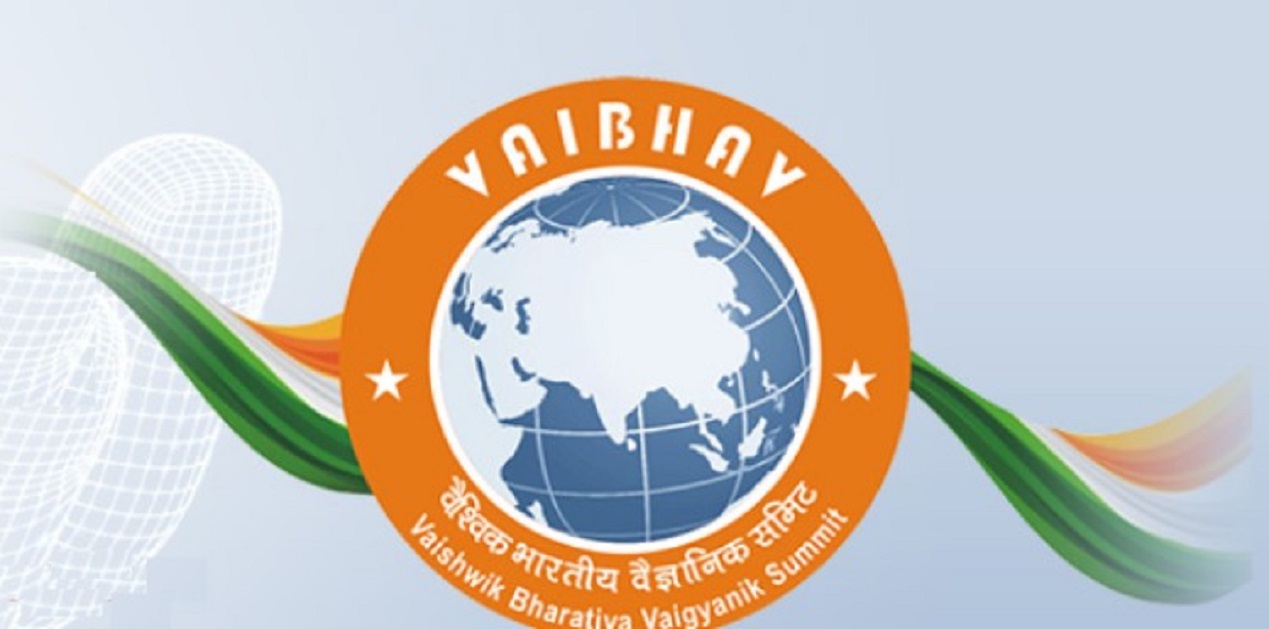One of the most visible aspects of India’s foreign policy under Prime Minister Narendra Modi’s leadership is the growing engagement with the Indian diaspora. In an effort to further strengthen India’s connection with the diaspora, the government has recently introduced a new fellowship programme, the Vaishvik Bhartiya Vaigyanik (VAIBHAV), to connect the Indian Science, Technology, Engineering, Mathematics, and Medicine (STEMM) diaspora with Indian academic and research & development (R&D) institutions. The VAIBHAV fellowship programme promotes collaborative research work, knowledge sharing, and best practices in the frontier areas of Science & Technology (S&T). This will improve research ecosystem of India’s educational institutions.
The fellowship programme will be implemented by the Department of Science and Technology (DST), Ministry of Science and Technology, Government of India. The fellowship would be awarded to outstanding scientists and technologists of Indian origin – Non Resident Indian (NRI), Overseas Citizen of India (OCI) and Persons of Indian Origin (PIO) – who are engaged in research activities in their respective countries. It provides fellowship grant of INR 4 lakh (US $ 4,864.49) per month, international and domestic travel, accommodation and contingencies. Under the programme, the 75 selected fellows would be invited to work in 18 identified knowledge verticals including agriculture technology, computer sciences, electronics, energy, health, pharma, quantum technology, and material sciences amongst others. The VAIBHAV fellows are expected to collaborate with their Indian counterparts and help initiate research activities in the host institution in the cutting-edge areas of S&T.
Notably, the government had organized the VAIBHAV Summit in October 2020 to connect Indian STEMM diaspora with Indian academic and R&D institutions. It saw the participation of more than 25,000 of Indian STEMM diaspora from over 70 countries, who deliberated up on the Science, Technology and Innovation (STI) issues to explore the potential for cooperative research work, knowledge sharing and best practices. While delivering the inaugural address at the VAIBHAV Summit, Prime Minister Modi had highlighted various measures that the government has taken to boost STI research in the country. He stressed that “Science is at the core of our efforts towards socio-economic transformations”.
Besides, the government has reached out to key strategic partners both at bilateral and regional level to further strengthen India’s connection with its STEMM diaspora. For instance, India and the US set up Indo-US Science & Technology Forum (IUSSTF) to promote cooperation in STI and during Prime Minister Modi’s recent state visit to the US. Applied Materials announced to invest $400 million for establishing a new engineering centre in India, while Lam Research announced to partner with the government of India's skilling ecosystem to train 60,000 Indian engineers in nanotechnologies. India in partnership with other three Quad member countries – Australia, Japan, and the United States – also launched the QUAD Fellowship programme in 2021, which is designed to build ties among the next generation of scientists and technologists. Under the Quad Fellowship, 25 masters and doctoral students from each country in the field of Science, Technology, Engineering, and Mathematics (STEM) will study in the United States. The fellowship develops a network of S&T experts committed to advancing STI research in collaboration with the public and private academic institutions, in their own nations and among Quad countries.
Currently, India has the largest diaspora in the world with over 32 million living outside. They are amongst the world’s most successful communities and excel in diverse fields, including science, technology, economics, and politics. They are STEMM graduates, who have moved from low-skilled employment in Gulf-countries such as Kuwait, Qatar and Saudi Arabia to high-skilled jobs in high-income countries such as Singapore, the UK and US, and hold high value positions primarily in the US and Europe. Consequently, India received foreign inward remittances of US $89.127 billion in FY 2021-22, which was the highest ever inward remittances received in a single year.
Hence, growing engagement with the STEMM diaspora provides opportunity for S&T development and entrepreneurship, which is very important for continued socio-economic transformations. Non-Resident Unicorns (NRUs), built on India’s strength in IT and outsourcing, has become the new buzz word. The diaspora indeed acts as a crucial ‘bridge’ for gaining access to information, resources, markets, and skills for the advancement of the country. The Pravasi Bharatiya Divas (PBD) is celebrated to recognise their valuable contribution to India’s economic growth and development. The government through the VAIBHAV fellowship programme has created a new platform and the conditions for mutually beneficial long-term engagement with this ‘bridge’.
(The paper is the author’s individual scholastic articulation. The author certifies that the article/paper is original in content, unpublished and it has not been submitted for publication/web upload elsewhere, and that the facts and figures quoted are duly referenced, as needed, and are believed to be correct). (The paper does not necessarily represent the organisational stance... More >>










Post new comment